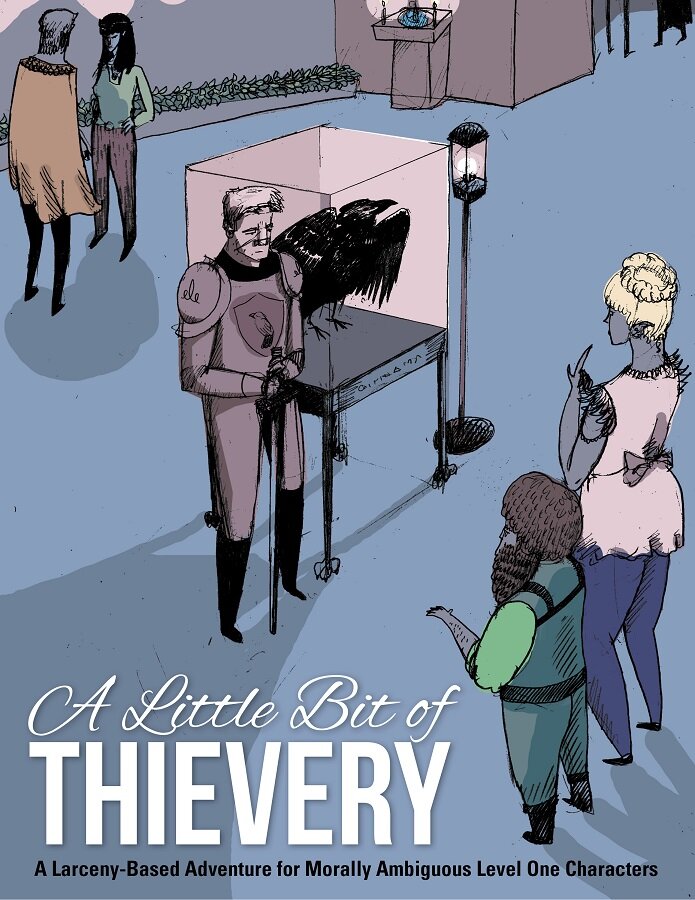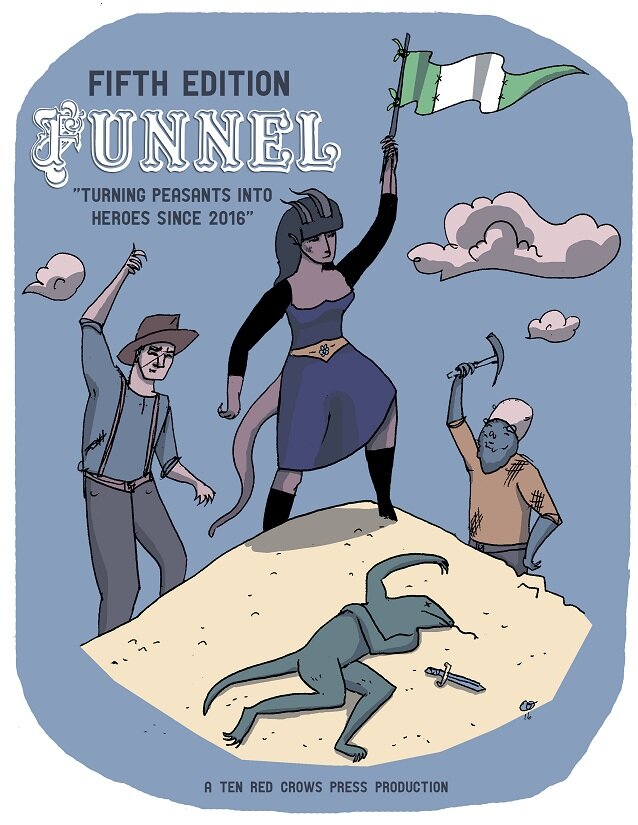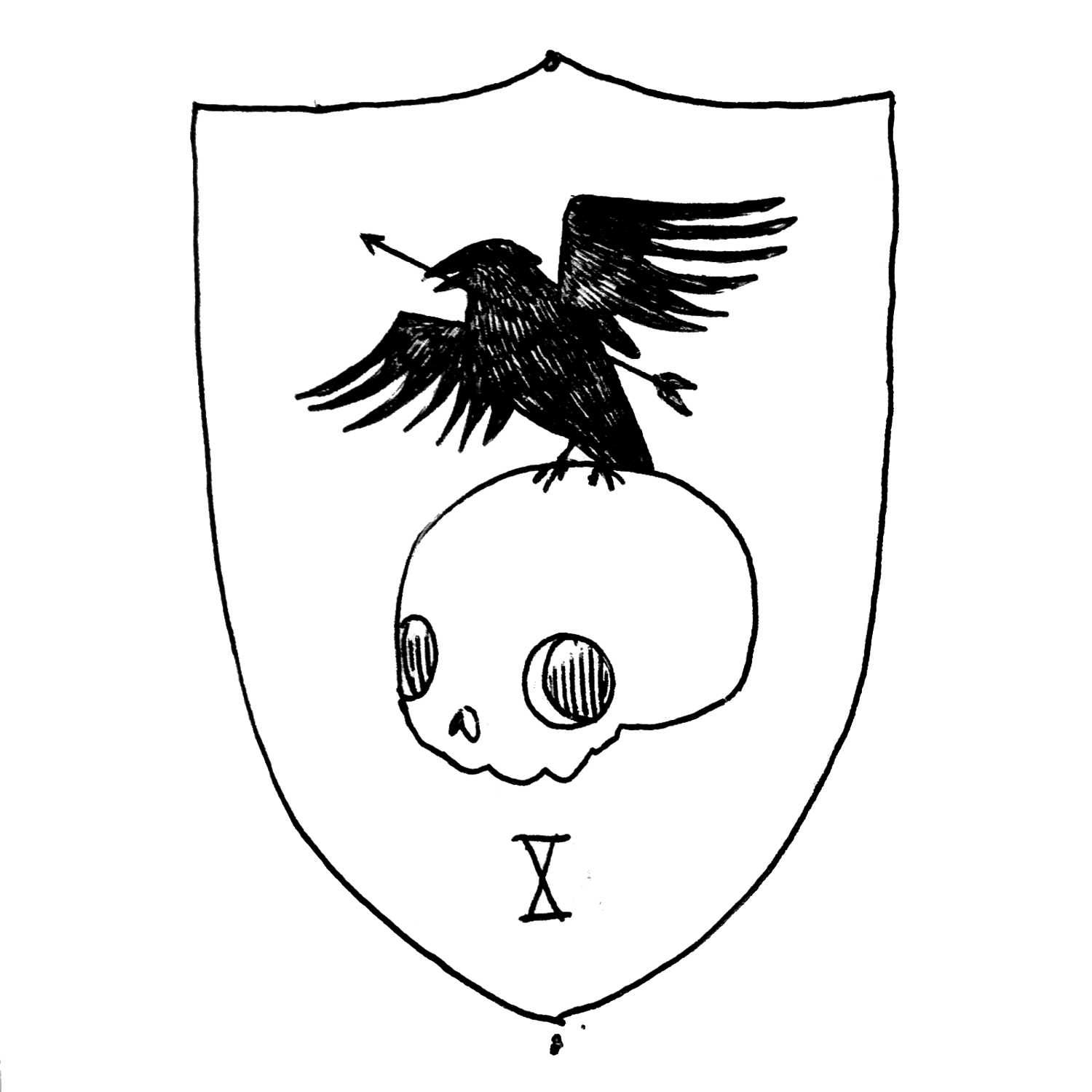Beers and Goblins
I present to you a small chunk of the recent past: a procedure for building and stocking a dungeon in 5e. In short, you build a dungeon room by room, without a dungeon master (think the AD&D DMG Appendix A). Most of this was developed in a secret lab during COVID-19 when socialization was at an all-time low.
It can be played by yourself or in a DM-less environment (with friends!) and can spit out a dungeon or two while you drink lite beer and eat salty snacks.
This document is incomplete, scrawled with crayons, and sprinkled with mustard stains. It will never be finished… and is here for you to enjoy. There are some good ideas in it, feel free to use them as you see fit.
How to quickly roll Random Monsters
One of the fun solutions developed during this project was a way to quickly roll the CR of encounters that scaled with party level. Encounter building in 5e is a complicated and time-consuming pain. Xanathar’s makes this process a bit easier over 4 or 5 pages and 6 charts. Which tells you something.
Here is what happens when you compress that into one chart and a half page of text:
Instructions
Roll 1d12 and 1d6+average party level and consult the chart below. The d12 determines the number of monsters and the d6 determines the difficulty. You now know the CR and number of monsters you need. Go make your selection.
Other Considerations/Maths/Rules
Generally, a 1-2 on the d6 is an easy encounter, a 3-4 is medium, and a 4-6 is hard or deadly.
Level 1 characters should stick to the top line.
This uses the default 5e DMG difficulty and all the assumptions that entails.
You can increase the difficulty by swapping out the 1d6 with 1d4+2
The Solo monster chart assumes 4 party members, add extra as you will.
You can substitute different monster CRs/PC ratios if you stay on the same row. A party of 4 that rolled a total of 8 could face 1 CR 2 creature and 4 CR ½ creatures.
This hasn’t been tested at high levels.
I know this feels quaint, especially since it uses the encounter math from what is approaching 10 years ago, but I’ve found it useful, and I hope you do too.






